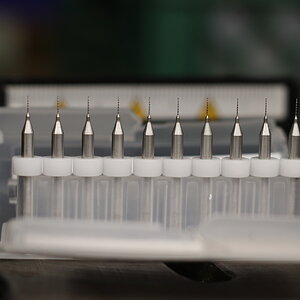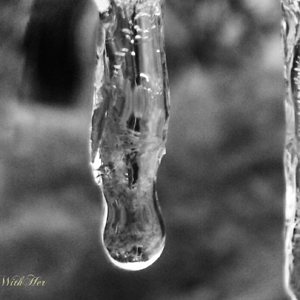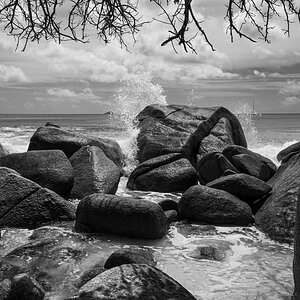I’ve just inherited a Ricoh 35 ZP, my first analogue camera, and I’m pretty clueless about the exposure & shutter speed settings. Can anyone point me towards a beginner’s guide to selecting the best settings depending on the light conditions?
From what I have found out so far, it seems that I should select the shutter speed to match the film I buy (I’ve been recommended to buy ISO 400, so my shutter speed would be the next one up – 500). And then the exposure setting depends on the amount of light – 16 for a sunny day, going down to 5.6 for overcast/indoors. Does that sound about right??
Like I said, I’m very new to this, so I’d really appreciate any links you can give me, or any other general tips about analogue photography!!! J
From what I have found out so far, it seems that I should select the shutter speed to match the film I buy (I’ve been recommended to buy ISO 400, so my shutter speed would be the next one up – 500). And then the exposure setting depends on the amount of light – 16 for a sunny day, going down to 5.6 for overcast/indoors. Does that sound about right??
Like I said, I’m very new to this, so I’d really appreciate any links you can give me, or any other general tips about analogue photography!!! J


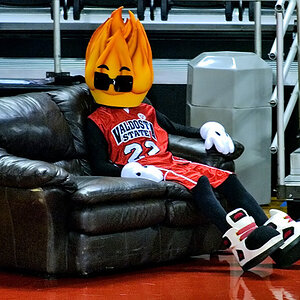
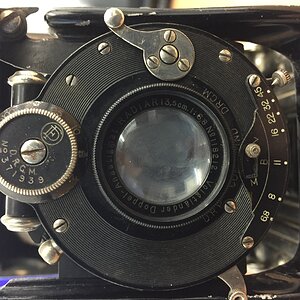
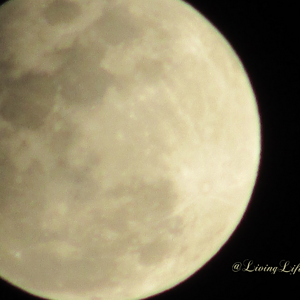
![[No title]](/data/xfmg/thumbnail/42/42060-f597479f8fd78d4bb4d17e7686fb0812.jpg?1619739996)
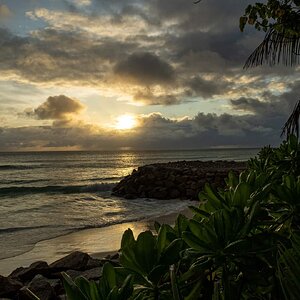
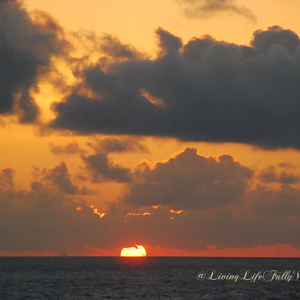
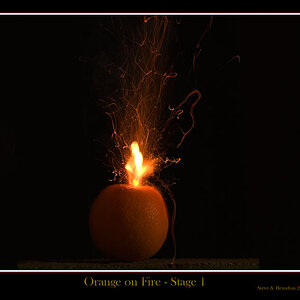

![[No title]](/data/xfmg/thumbnail/32/32433-abebb6cea0cf29d5f27d9054c7b0664e.jpg?1619735443)
